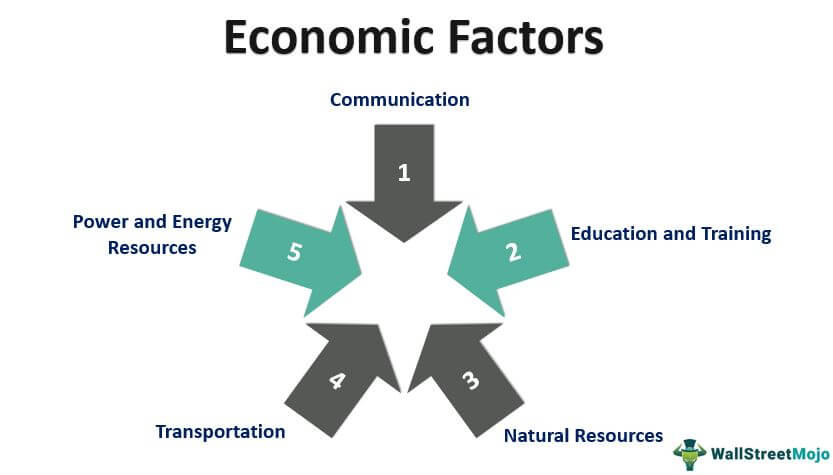Introduction
Education plays a vital role in the development of individuals and societies. Consequently, schools are expected to provide a comprehensive and balanced learning environment for students, equipping them with critical skills and knowledge to navigate their way through life. However, several social and economic factors can have a significant impact on schools’ capacity to deliver such an environment. In this article, we will discuss how these factors influence schools’ functioning and performance.
Poverty and Inequality
One of the most substantial socioeconomic factors affecting schools is the level of poverty within their respective communities. Socioeconomic status directly affects families’ ability to provide resources for their children’s education, such as books, computers, or transportation to school. As a result, children from low-income families often experience barriers to accessing quality educational opportunities.
Inequality in income distribution also plays a significant role in impacting schools. Schools located in poorer neighborhoods may struggle with inadequate resources, lower-quality teaching staff, and less access to extracurricular enrichment opportunities as compared to schools in affluent communities.
Teacher Quality and Retention
A well-trained and dedicated teaching staff is invaluable when it comes to shaping students’ educational outcomes. However, economic constraints may make it difficult for schools to attract highly-skilled teachers or retain experienced educators due to budget cuts, lower pay scales, or lack of job stability. Moreover, economically disadvantaged communities often face an uphill battle when it comes to recruiting seasoned educators who can be keen on working at more secure or prestigious positions elsewhere.
Unemployment Rates
Local unemployment rates can also significantly impact schools. Unemployment not only exacerbates poverty but also generates uncertainty among families, causing instability in school populations. Students experiencing financial hardships at home might also struggle with stress and anxiety – taking a toll on their academic performance.
Racial and Ethnic Disparities
Social factors like racism and discrimination can further contribute to disparities within the educational system. Patterns of residential segregation may lead to schools being predominated by a single racial or ethnic group, influencing their resource allocation, teaching strategies, and school culture. Moreover, stereotypes and implicit biases can subtly manifest in student-teacher relationships, directly affecting students’ expectations and academic outcomes.
Parental Involvement
Parents play an essential role in supporting their children’s education. However, various factors may limit their capacity to be actively engaged in their child’s schooling. For instance, parents facing economic hardships might be compelled to work multiple jobs, leaving them with less time and energy for involvement in school-related activities. Language barriers and cultural differences may also create obstacles for immigrant families navigating the educational system.
Conclusion
Addressing the interplay of social and economic factors on schools is crucial for ensuring equal access to quality education for all students. School administrations, policymakers, educators, and communities must collaborate while devising strategies aimed at effectively tackling pressing socioeconomic issues – ultimately leading to enhanced educational outcomes and more equitable opportunities for students belonging to diverse backgrounds.





